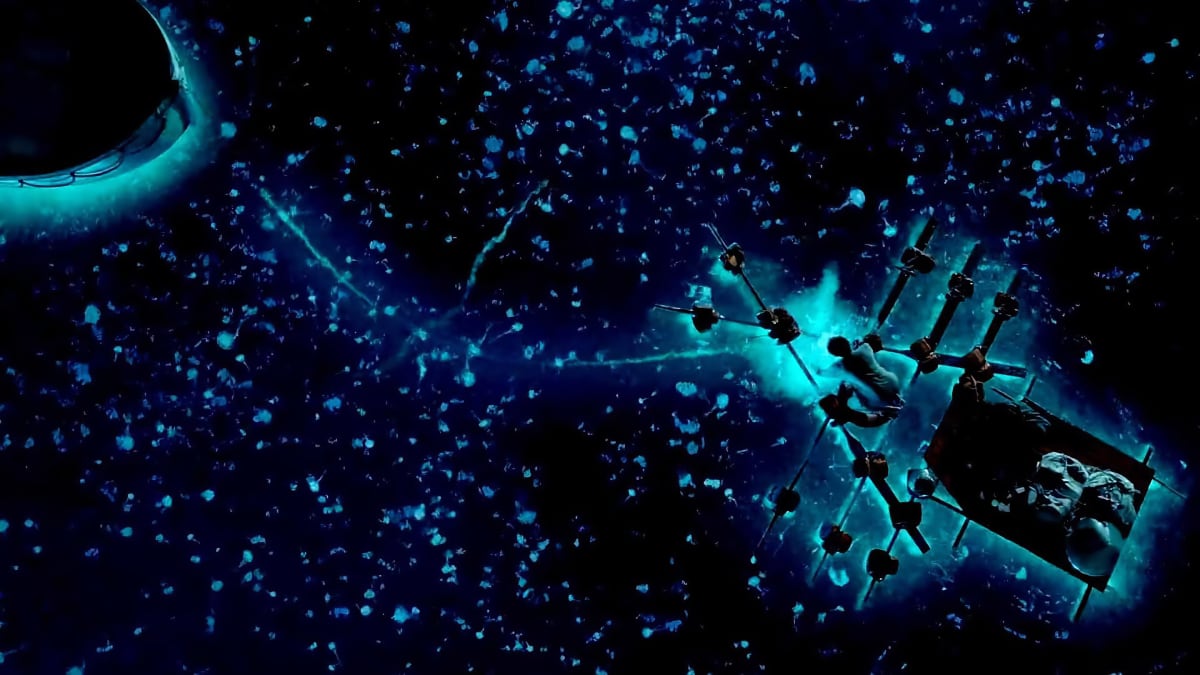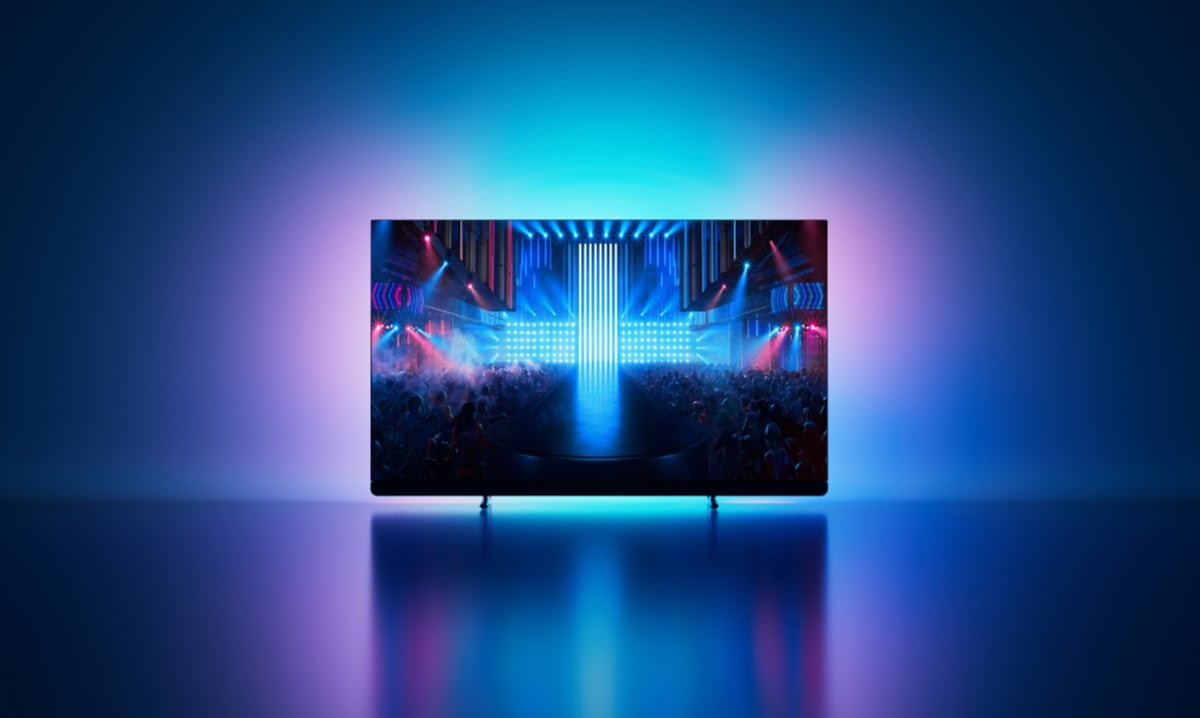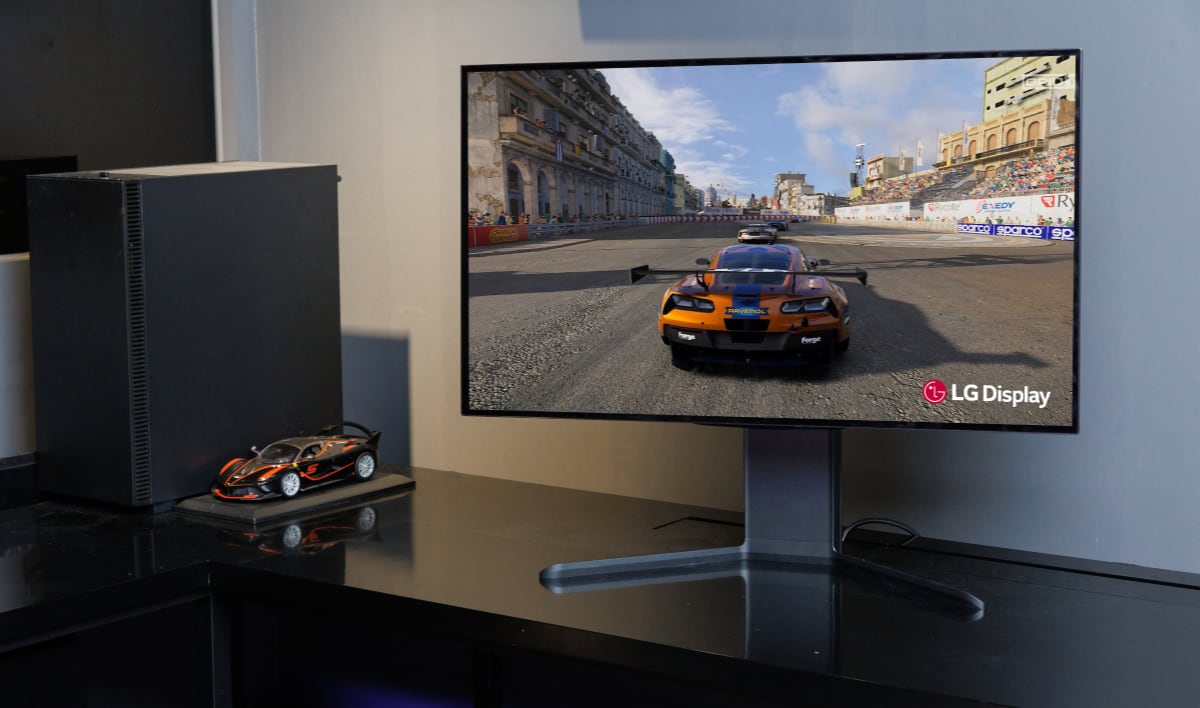In 2011 Panasonic wants to introduce several improvements to their plasma TVs. The new plasma panels that are called Infinite Black 2 and Infinite Black Pro 2 will be available in the the mid-end to high-end TVs.
But what lies beneath the surface? In this article we look at what improvements we can expect from the 2011 TVs compared to the 2010 TVs
Panasonic's 2011 plasma technology
It’s hard to tell what improves lies beneath the fancy marketing words. In this article we will look at the improvements made to the plasma panels in Panasonic’s 2011 TVs compared to their 2010 TVs. In next week we will travel to London to see the TVs in real life.
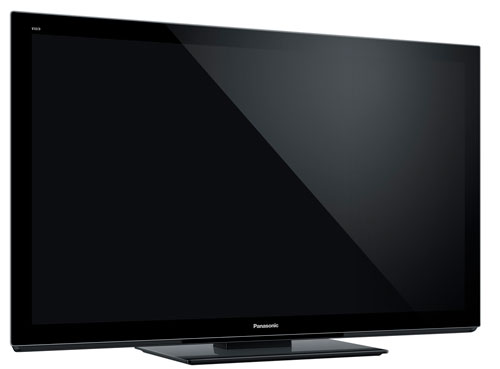
Panasonics new flagship model is called VT30
In 2010 Panasonic introduced a faster phosphor layer. The phosphor layer creates colors on plasma panels when activated by electrons. A faster phosphor therefore means faster response time, lower phosphor trailing and improved 3D. In 2010 the fast phosphor was only available in the most expensive models but in 2011 all Full HD plasma TVs will feature the faster phosphor Panasonics says.
We can also expect other improvements according to Panasonic; one of them being better light efficiency. Panasonic lists 5 points that can be seen in the image below.
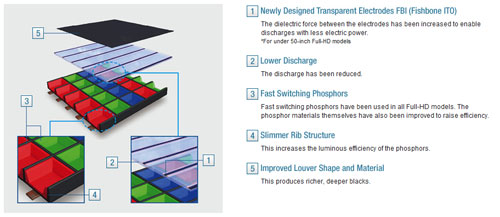
Panasonics 2011 plasma technology
In short, Panasonic has tried to improve light efficiency while at the same time reducing power consumption. A new improved pixel louver structure is also said to improve black levels.
Better Filter
Panasonic continues and says that a new and improved filter will ensure fewer reflections in the panel compared to the 2010 models. Panasonic says that the main advantage of the new filter is better black levels in bright rooms.
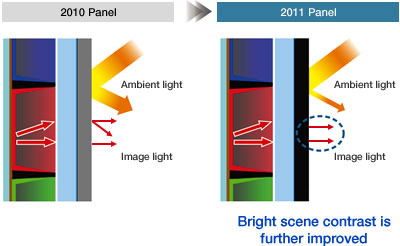
Panasonics 2011 plasma technology
Improved 3D
Panasonic had the best 3D picture quality in 2010, but it has not lulled Panasonic into false security. Panasonic has allegedly improved 3D picture quality further by reducing crosstalk.
So how did they do it? By changing the “light-emitting sequence from the previous"dark to light" to"light to dark." As a result, afterglow results from minimum brightness instead of maximum brightness, thus significantly reducing the afterglow time”, as illustrated in the image below.
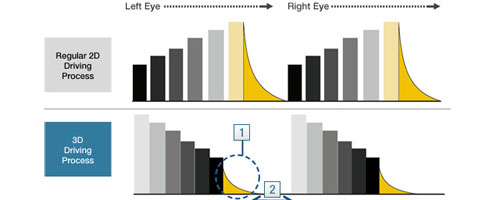
Panasonics 2011 plasma technology
Panasonic has also incorporated a picture circuit that is said to analyze 3D images. When potential crosstalk areas have been detected (high contrast images create more crosstalk) the system tries to compensate.
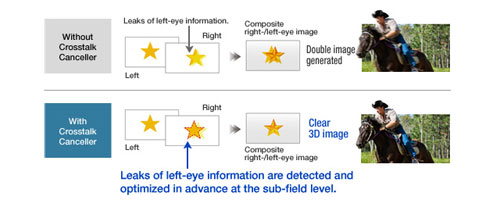
Panasonics 2011 plasma technology
Next week
Next week we will travel to London to experience all of the new TVs and we will get back with our findings. Check in again tomorrow for a chance to ask your questions to Panasonic.
Learn more about Panasonic's 2011 flat panel TVs in this article:
Panasonic presents VT30, GT30 & ST30 with 3D
Source: Panasonic USA
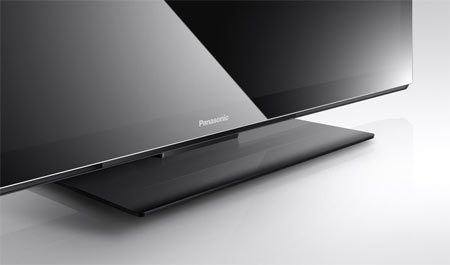 A look at Panasonic’s 2011 plasma technology
A look at Panasonic’s 2011 plasma technology






